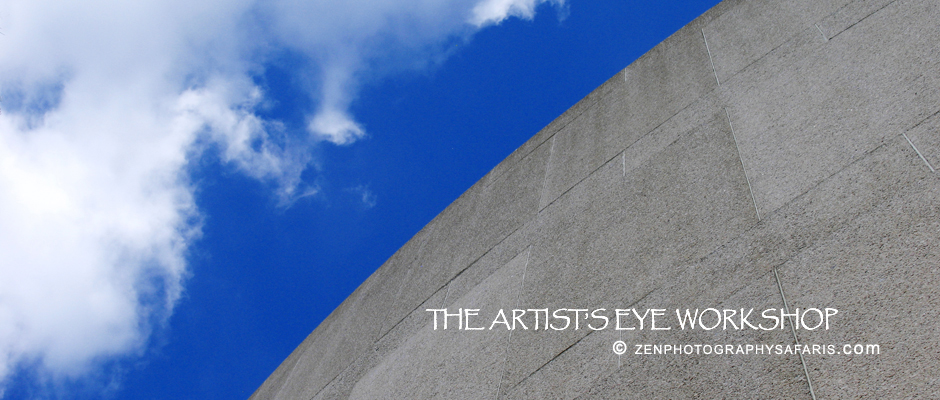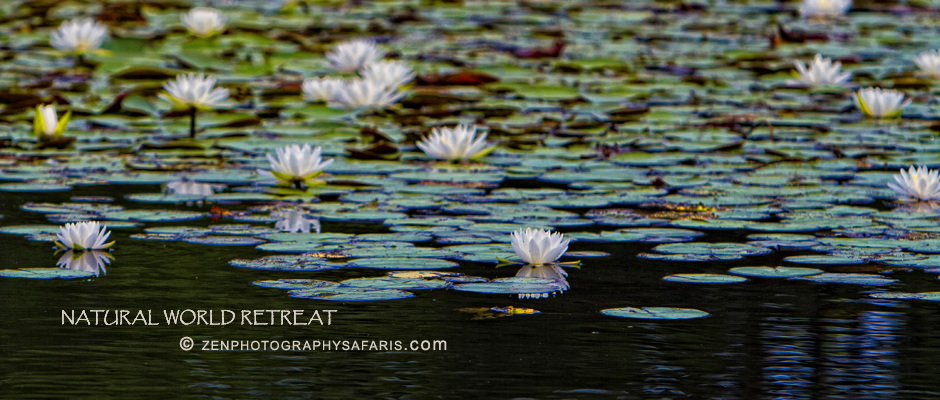Posts in Category: PHOTO WORKSHOPS
creative Zen Photography 1-3 day PHOTO WORKSHOPS
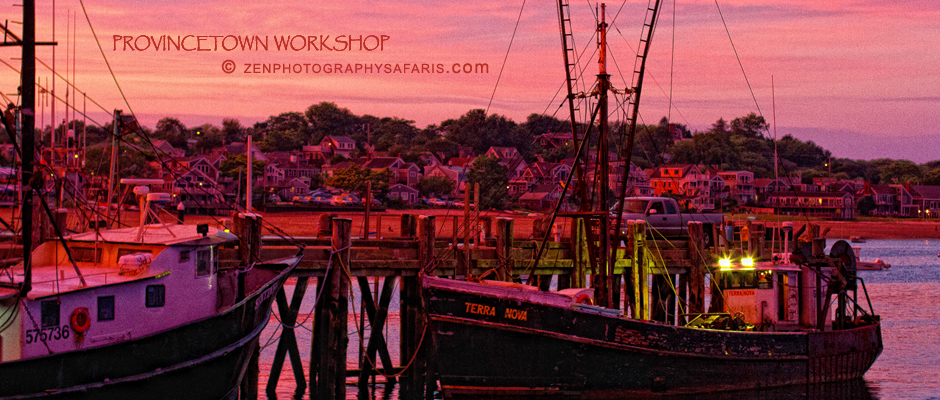

blog post: nourishment
“Give a man a fish and you feed him for a day. Teach a man to fish and you feed him for a lifetime.” — Chinese Proverb
If i tell you how to do something without showing you, without teaching you the hows and explaining the what-fors, what will you learn? you will learn that i am full of myself only.
As you seek to create your own definition of what you feel success is, we must guide you in a way that provides you with information and opportunities combined with exploration and dialog. this will involve respect, honesty, ethics and an open and flexible mind on both the part of the teacher and student. it is a mutual dance we share that will lead to personal and professional enlightenment.
Team Zen will impart skills that you can take, use and blossom from by teaching you “to fish” at Zen Photography Safaris | Workshops | Retreats. come join us.
Namaste, Team Zen | Joanne Bartone
ABOUT THE PHOTO ABOVE:
Canon EOS 7D | Canon 24-70mm L f/2.8 @ 35mm | ISO: 400| f/8 | 1/100 | Provincetown MA | Image refined cropped and enhanced for color + tonality in PS5
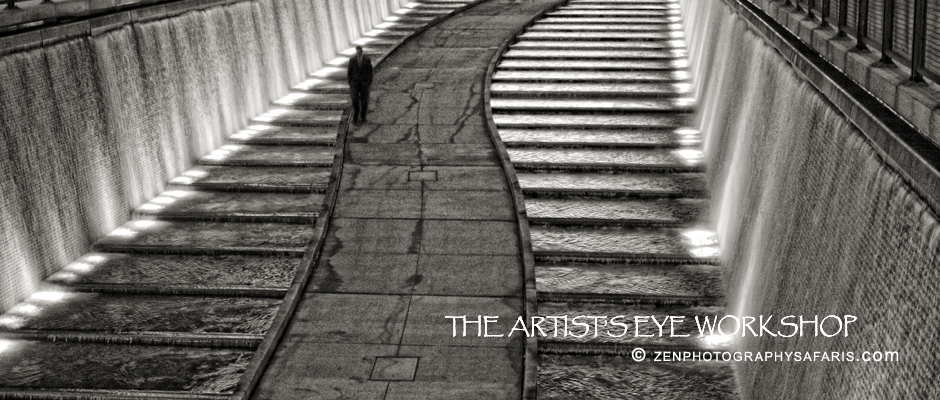

blog post: pursue your path
“Pursue some path, however narrow and crooked, in which you can walk with love and reverence.” — Henry David Thoreau
The “path” of photographing has so much significance for so many people…it can be an outlet for creativity, a means to document life and loved ones, a way to earn a living…photography and the act of photographing is multifaceted! it’s a path that can instill immediate awe and excitement, both while photographing and through the visual rewards of the end result: an image that evokes emotion or memories. photography is a powerful medium of expression! no wonder so many people have such tremendous reverence for it.
Zen Photography Safaris | Workshops | Retreats will assist you in refining the photographic path you have chosen, at any level of experience.
Take a moment to share what your favorite photographic subject is with us.
Namaste, Team Zen | Joanne Bartone
ABOUT THE PHOTO ABOVE:
Canon EOS 7D | Canon 24-70mm L f/2.8 @ 28mm | ISO: 200 | f/11 | 1/30 | DL Convention Center | Pittsburgh PA | Image refined cropped and enhanced for color + tonality in PS5
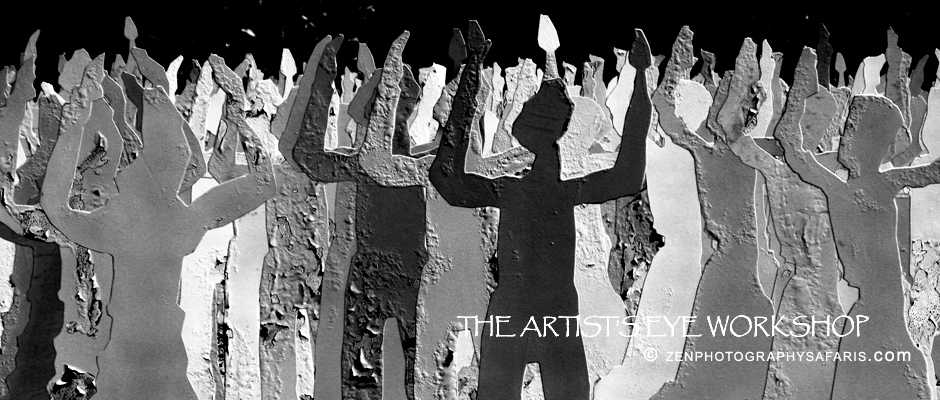

blog post: knowing ourselves
“Knowing others is wisdom; knowing yourself is enlightenment.” — Lao Tzu
There are many people that touch our lives. we learn from them in many ways; how to cook, how to drive, how to lawyer or doctor, even how to photograph. we become busy learning and doing; very busy. and in all this busy-doing we often lose touch with ourselves. if we can be still and introspectively return to ourselves we will gain enlightenment, not just knowledge.
At Zen Photography Safaris | Workshops | Retreats, we offer just the right balance of knowledge and experiences to help you gain wisdom, but most importantly, Satori (enlightenment).
Namaste, Team Zen | Joanne Bartone
ABOUT THE PHOTO ABOVE:
Canon EOS 5D | Canon 24-70mm L f/2.8 lens @ 28mm | ISO: 100 | f/5.6 | 1/160 | Kentuck Knob Chalk Hill PA | Image refined, cropped and enhanced for color + tonality in PS5
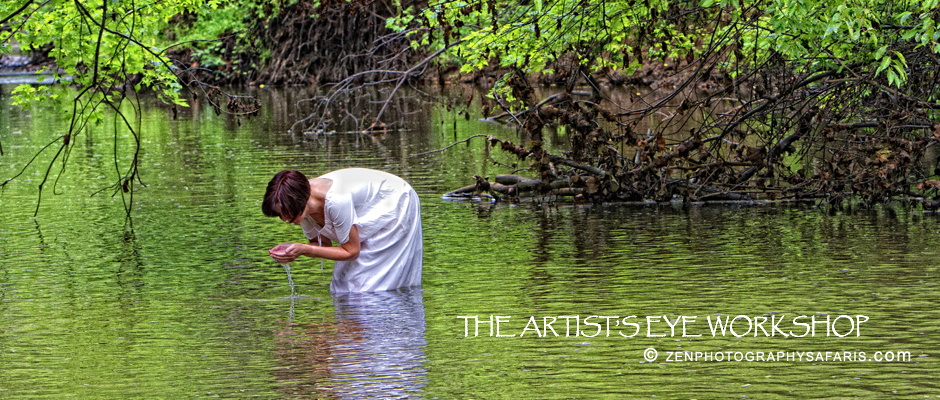

blog post: priorities
“We cannot see our reflection in running water. It is only in still water that wecan see.” — Taoist Proverb
Elusive time. we all need time, but too often we don’t make time to do the things that could make a difference for ourselves. we need time to be still, to see, to learn, regroup, meditate, explore, exercise, laugh, be with people we love… many people remind us that we cannot buy back time. where does time go?
When we are “still,” when we take the time necessary to nurture ourselves, it will offer us opportunities that we couldn’t even begin to see all the while we are busy doing things.
Perhaps it’s about our priorities.
Only 3% of Americans make time to create goals that would advance their lives, be it their finances, careers or even their personal lives. that is a shocking statistic! what have your priorities been? have they been leading you in the direction you want to go, or do you need to make, and then take, time to regroup and redirect yourself? “but I don’t have time,” you say. i disagree. you can create and effect big changes for yourself in thirty, fifteen, or even in as little time as seven minutes; yes, 7 minutes.
We have a plan for you at Zen Photography Safaris | Workshops | Retreats. we want to help you help yourself to prosper in all aspects of your life. we know that it can be done. come join us.

